Fresh Genovese Basil Pesto

If there's one fragrance that embodies the summer season to me, it's the heady fragrance of basil. An inadvertent brush against it in the garden creates hunger pangs! You can't help but imagine sitting in an Italian piazza enjoying caprese salad or some pasta tossed with Fresh Genovese Basil Pesto.
What kind of basil do I use to make Fresh Genovese Basil Pesto?
There are so many varieties of basil available and you can use what you like, of course. But if we're talking about an authentic pesto, you should definitely use an Italian large leaf basil, or a Genovese basil. As with most food histories, it's hard to nail down when and where pesto originated, but it's pretty clear that Genoa, Italy, can lay claim to a large stake in it!
Let's talk cheese
The most common cheese used in pesto is Parmiggiano-Reggiano ... and you should definitely grate it fresh! You can substitute Grana Padano for the Parmiggiano-Reggiano and add in Pecorino, too, as I do. Or you can just do all Parm!
Mortar & pestle vs. food processor or blender
The most authentic pestos are ground in a mortar and pestle. I love this thoughtful process and am so willing to do it that way. I can only imagine the things I would think through and pray over while pulverizing basil. And the fragrance would surely send me on imaginary vacations ...
However, many of us don't have the luxury to spend our time that way these days so the method I outline allows the use of a blender or food processor. But please, don't let my blender suggestion keep you from a mindful mortar and pestle session!
If you use a blender or food processor, be sure to pulse it as little as possible. The heat generated by the machine will make the basil turn dark if it is overprocessed.
The most authentic pestos also require pine nuts. Pine nuts are wonderfully soft and buttery and SO delicious. However, they can be expensive. {The ones I linked are the cheapest I found.} The good thing is that you only use a small amount so the total cost of the pesto isn't that bad. If you buy a large bag of pine nuts, store them in the freezer.
Pine nut substition?
You can substitute almonds or pistachios, but it's my opinion that you should avoid walnuts. I feel their flavor is too strong and they definitely have a lot of tannins that make it feel weird in your mouth! If you do make a nut substitution, you should grind the nuts in the food processor or blender first because they are so much harder than pine nuts. If you grind them along with the basil, you risk discoloring the basil by overprocessing.
I tend to put everything in the blender at once, but it's a better idea to pulse the basil, garlic, and pine nuts first, then add the cheese, salt, and then drizzle in the olive oil. {This is how the recipe card is written. Do as I say, not as I do!} You might also find that you need a bit more olive oil than called for to get the consistency just right.
How to use Fresh Genovese Basil Pesto
I think the most common way to use Fresh Genovese Basil Pesto is to toss it with pasta, of course. However, it's also delicious on a pizza, drizzled over ricotta cheese on toast, or baked with chicken or fish. One of my favorite tricks is to use a bit of it in a vinaigrette!
Fresh Genovese Basil Pesto
Recipe details
Ingredients
- 50 grams Italian large-leaf basil, or Genovese variety about 2 cups
- 15 grams pine nuts about 2 Tablespoons
- 2 cloves garlic
- 70 grams Parmiggiano-Reggiano or Grana Padano, freshly grated about 2 cups (See notes)
- 30 grams Pecorino, freshly grated about ¾ cup
- ½ cup olive oil
- salt to season Remember the cheeses are salty!
Instructions
- Tear the leaves of basil off of the larger stems and put them in the bowl of a food processor or jar of a blender.
- Add the pine nuts and garlic and pulse till everything is broken down. Scrape the sides of the bowl or jar.
- Add the cheese and a bit of salt, then drizzle the olive oil in while the machine is running. You might find that you need a bit more oil than is called for, but be careful not to add too much.
- Use immediately or store in the refrigerator for 3-4 days. You can also freeze it so that you can have a bit of "summer" in the winter!
Tips
- The cheeses should ideally be freshly grated. If you can only find one kind of cheese, just go with it! Parmiggiano-Reggiano is probably the most readily available.




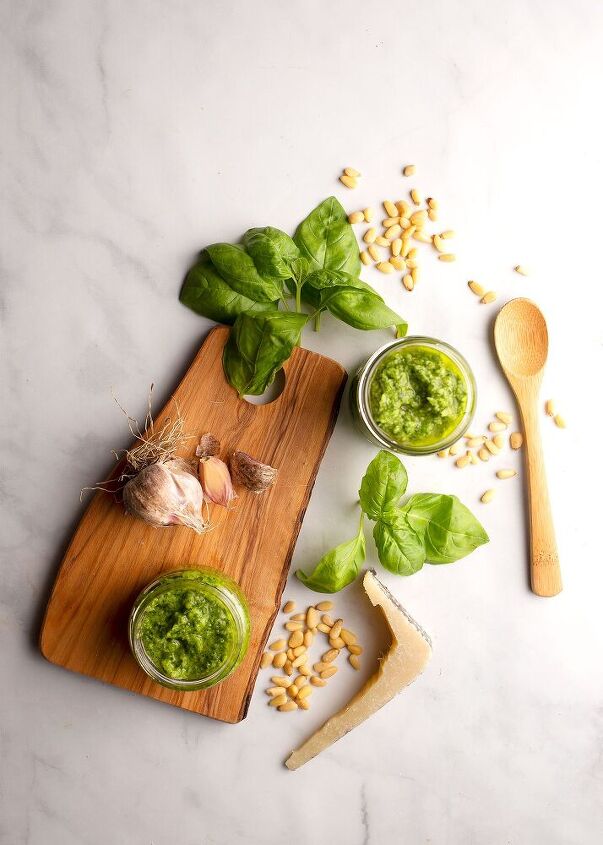




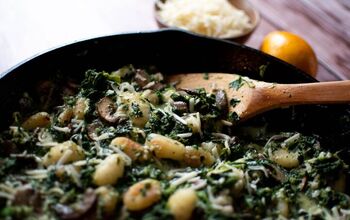
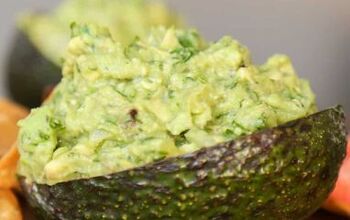


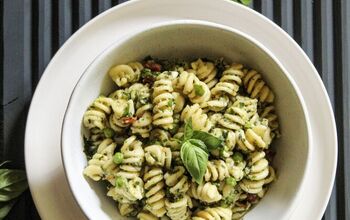
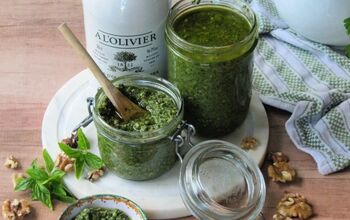
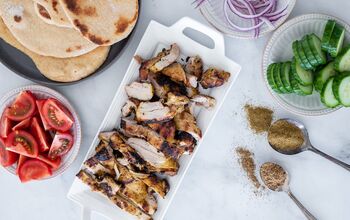

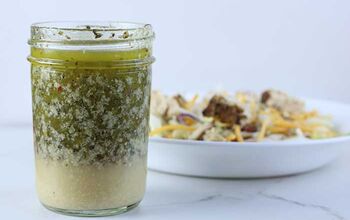


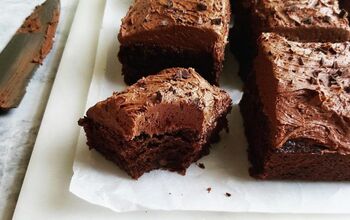

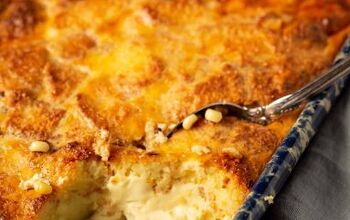
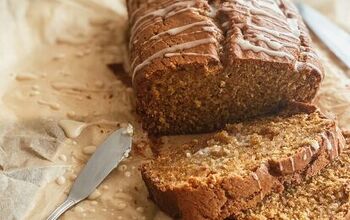

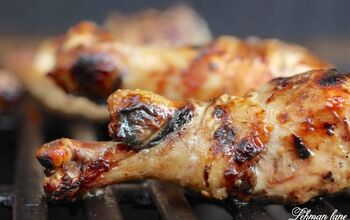

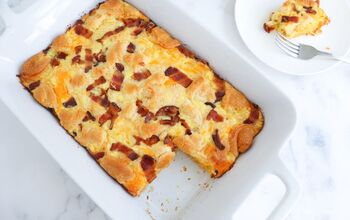
Comments
Share your thoughts, or ask a question!
Oh my goodness....so easy and quick. Can't wait to do this. Hint: when you freeze it, use ice cube trays and pop out the frozen cubes to a ziploc so you can use it whenever you want, a little bit or a lot. Thank you, Tammy.